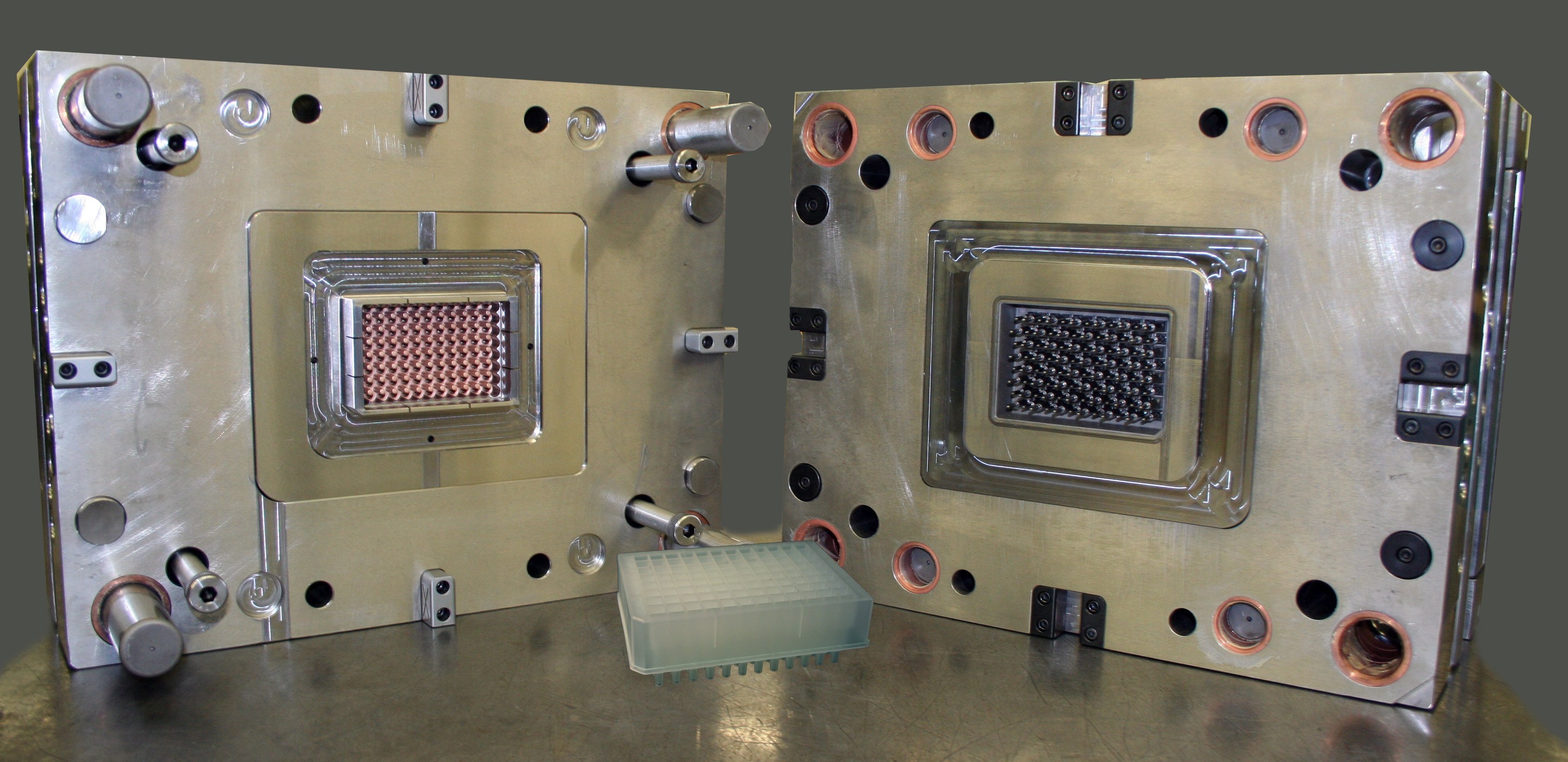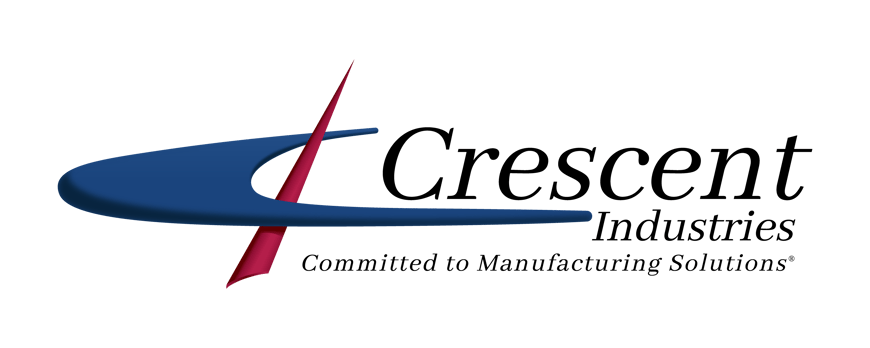
Injection Mold Tooling Cleaning Technologies
Because cleaning an injection mold is critical to preventative injection mold maintenance, there are some technologies available to assist in the process.
Cleaning Injection Molds with Ultrasonic
Ultrasonic cleaning means using high-frequency sound waves. Injection molds with residues or pollutants on the tooling get immersed in an aqueous solution while heated to about 170 degrees. Electric generators convert a standard-line frequency current (60 Hz or 50 Hz) into high frequency electrical energy (20,000 Hz). The connector generators host little transducers mounted to the bottom or sides of a wash tank. The transducers vibrate and the ultrasonic frequencies vibrate at 20 kHz and above. The current passes through, causing the bottom and sides of the tank to vibrate creating microscopic bubbles that loosen and scrub grime and residue from the tool. The energy released from the microscopic scrub bubbles produces forces of 10,000°F at 7,500 psi – powerful enough for loosening contaminates without damage to primary edges and surface finish.
The ultrasonic detergent depends on the type of resin running in the tool because of residue variances caused by different materials.
- Sodium Hydroxide cleaner offers alkalinity for removing stubborn contaminates. This cleaner is effective on heavy grease to light rust on most tooling and plates and doesn’t harm the plates and coatings. Mild alkaline solutions perform well on most residues with no caustic issues.
- Low concentrations of citric acid offer acidic solutions. The solution specializes in rust and oxide removal but needs caution when using. Some tool steels react with the iron, turning it gray.
Both solutions alkaline or acidic are biodegradable and require neutralization before disposal. The neutralization process requires adding acidity to an alkaline solution and vice-versa.
Dry Ice Blasting Injection Molds
The dry ice cleaning system has proven highly effective for performing many duties that other systems don’t accomplish. Ice blasting is a non-abrasive cleaning of injection mold tooling. Dry ice blasting cleans injection molds in the press while the mold is hot. Resulting in tool cleaning in record time and eliminating premature wear on the injection mold. Because of various shut-off heights occurring during assembly of the mold tooling components, the formation of nooks and crevices develop, making it difficult to clean in the press without dry ice blasting. Often solvents migrate into the mold and around the tooling and leach on the part during production. Dry ice blasting uses solid carbon dioxide pellets or shavings (think grains of rice or granules of sugar) introduces through the air stream and shot using high velocities through aerodynamically designed nozzles removing residue quickly and harmlessly.
Tool steels such as hardened aluminum remain unharmed over extended periods. There is no damage to parting lines, applied plating, surface finishes, textured or polished cavity surfaces.
Dry ice blasting doesn't create any residual dust or waste stream. Air quality tests performed during cleanroom operations resulted in no measurable effects. Air extraction hoods compensate for any residue blasted off the surface of the mold that collects over months.
Injection molders use the dry ice cleaning system to clean molding equipment as well because it only takes minutes to hook-up the hoses and nozzles. They are line-of-sight cleaning systems as operators and techs clean only what they see.
Crescent Industries uses both ultrasonic and dry ice blasting injection mold cleaning technologies to keep your injection molds running efficiently. We provide custom injection molding experience for over 70 years, offering upfront engineering support for product design and development through production.
Topics:
Related Articles
-
Apr 10, 2025
How Are Injection Molds Made for Plastic Manufacturing?
Read MoreDo you have a part design and need an injection mold built? Are you interested in finding a tooling...
-
Sep 06, 2023
What is Plastic Injection Mold Tooling?
Read MoreInjection mold design gives you the ability to create parts with ease. You fill a mold designed to...
-
Nov 16, 2022
Project Management for Injection Molding Means Product Success
Read MoreThere’s a difference between project management and engineering management, and in the field of...

